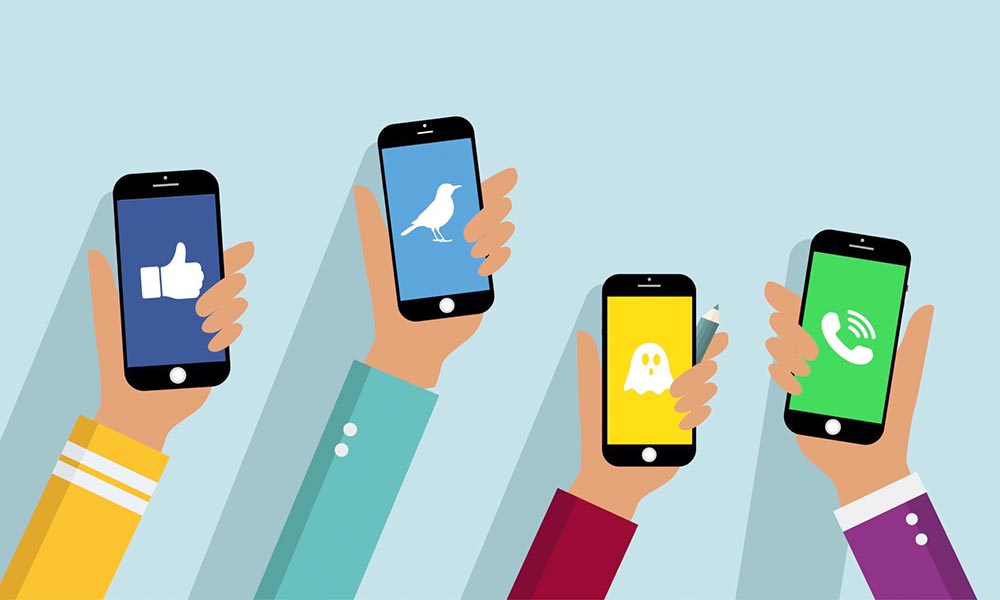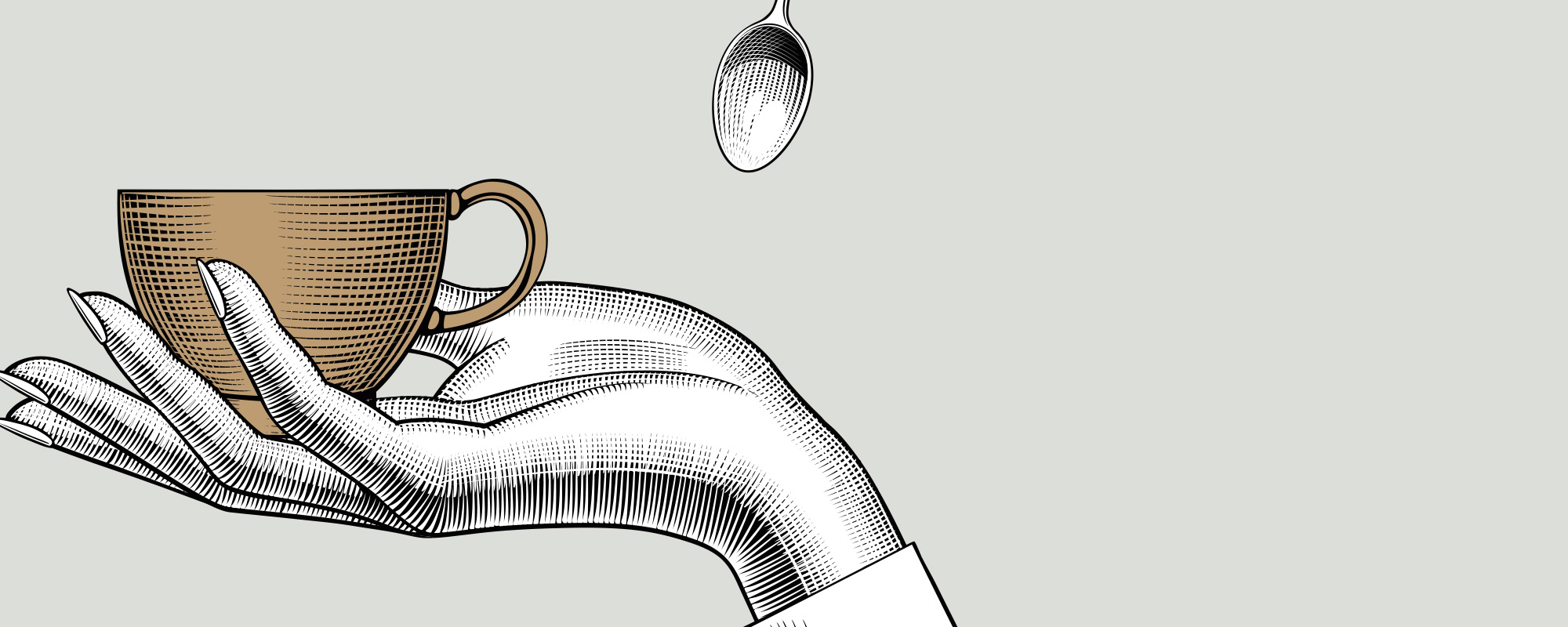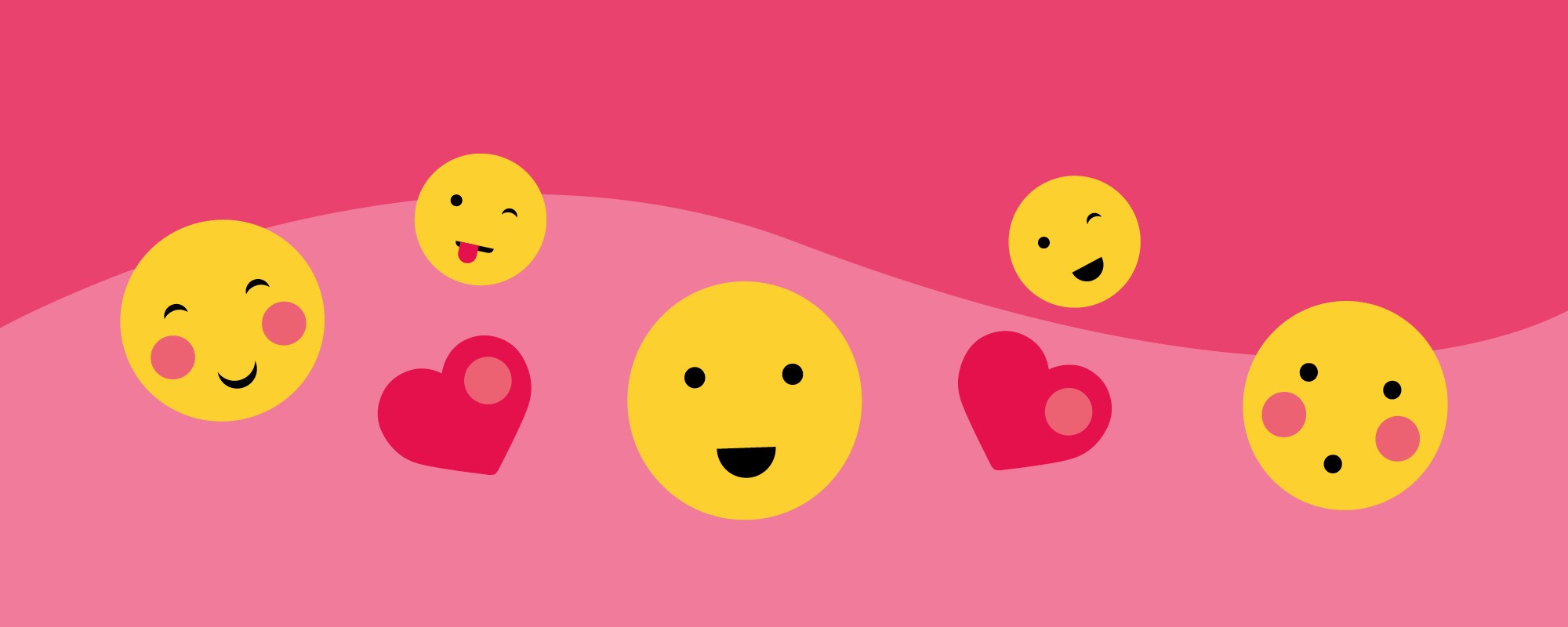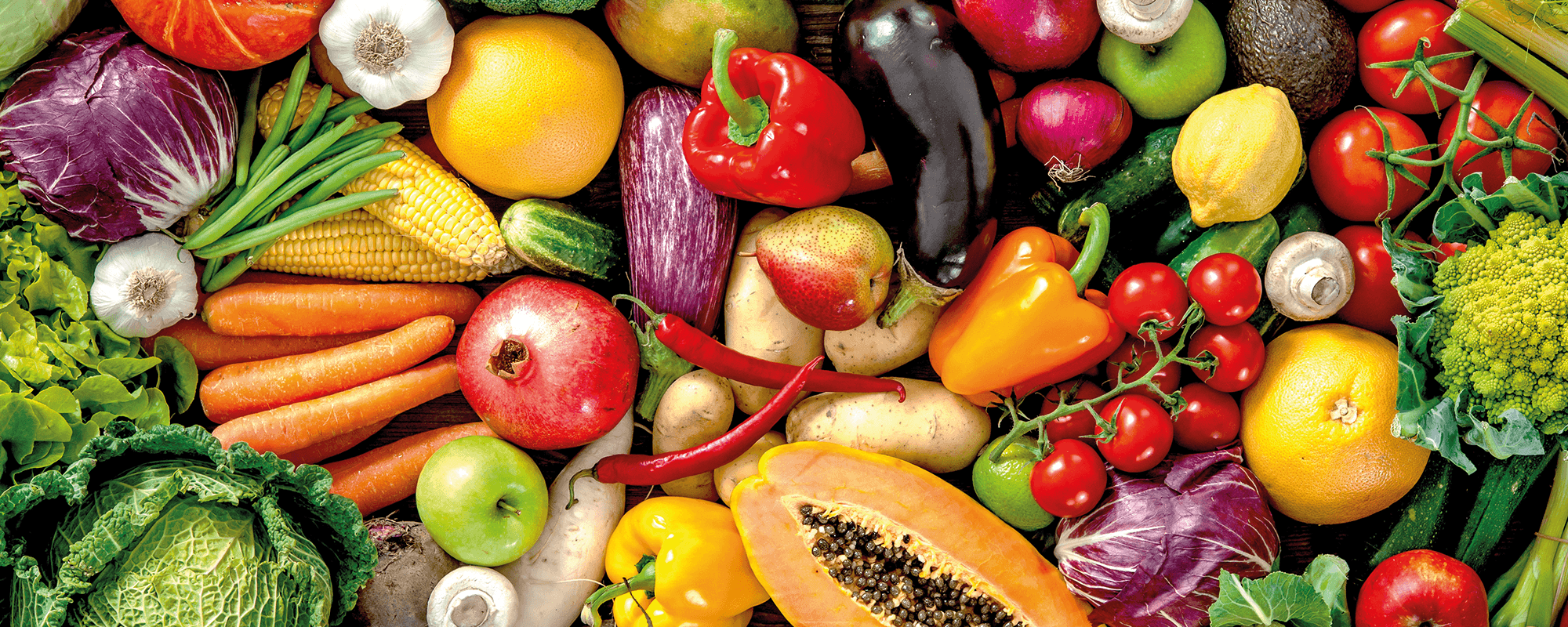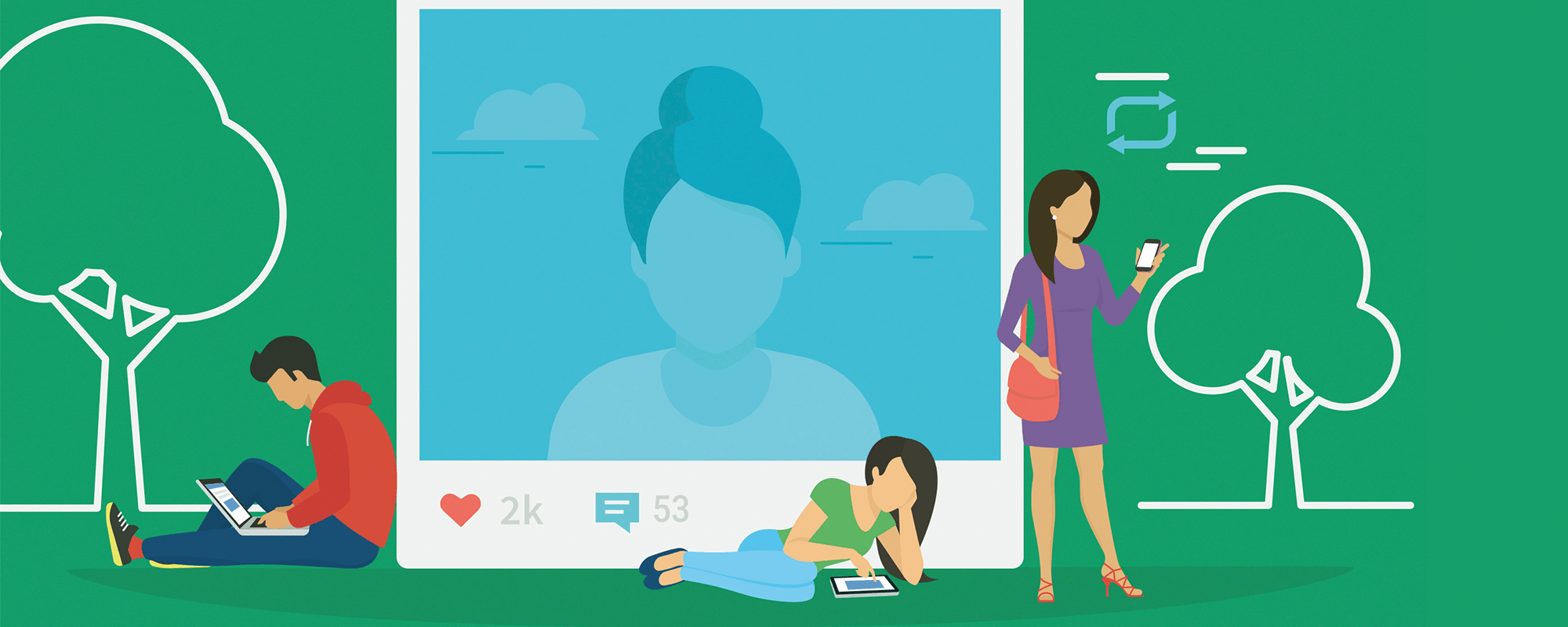Nicholas Mamo has developed an algorithm that analyses Twitter feeds and extracts information about events. This type of artificial intelligence has been designed to automatically identify the participants involved in the events and understand what happened based on the tweets.
Continue readingLet’s not panic about our teens just yet
The benefits of research can be lost if we amplify only one argument in a nuanced, complex topic. How youth interact with social media is as complex as it gets. Dr Velislava Hillman, director and senior researcher at Data, Media, and Society Research Centre, Malta, writes.
The COVID-19 pandemic kept many children and teenagers at home, with parents struggling to recreate routine. Yet with or without public health risks, teenagers’ social media use was shrouded in moral panic and gloom. Mainstream media headlines do not help; take ‘Social Media Creates ‘Instant Loneliness’ for teenagers’ and ‘Loneliness: An Epidemic In The Making?’. All too often research and policy looks at risks separately from opportunities.
In Malta, this division happens often. Run-of-the-mill surveys bring out numbers without context. Left in the hands of hungry news writers, these numbers can lead to uncontrolled and wild interpretations that raise unnecessary fear in readers. The truth is that there is no clear evidence of any causal relationship between loneliness and social media use. Young people – and many adults too – do feel social or emotional loneliness, but the real reasons remain elusive. To give a more balanced approach to social-media-induced loneliness among teenagers, here are five questions to ask before allowing any concern to seep in.
The truth is that there is no clear evidence of any causal relationship between loneliness and social media use. Young people – and many adults too – do feel social or emotional loneliness, but the real reasons remain elusive.
Firstly, what’s the evidence? Comparing the findings of a quantitative study on loneliness carried out by the faculty of Social Wellbeing at University of Malta and its coverage in the mainstream media, the gap is striking. There is no solid proof that teenagers suffer ‘instant’ loneliness, let alone that social media causes it. The study found that loneliness tends to particularly affect older people with lower education, unemployed and retired individuals, and those living alone (a bit of a giveaway), among other factors. A person’s risk of loneliness, the study summarises, ‘is reduced if they: form part of a younger age group; are highly educated; are in employment; are of a single marital status; live with their parent(s) or guardian(s)…’ etc.
A third of the teenagers (ages 11–19) who took part in this survey said they experienced some sort of loneliness (with no connection to social media whatsoever). The survey (a method that has its own limitations) included 115 teenagers in total. While the research instrument has a unidimensional overall loneliness measure, it prevents researchers from understanding why the survey participants responded as they did – which may be a result of temporary bias (e.g. unique life events, having a stomach ache, or responding right after a fight with a friend).
The second question is: who is interpreting the results (researchers, journalists, parents, NGOs who need funding to carry out their work)? Mainstream media covered similar studies in the past (e.g. studies on youth and online gaming), as they make a compelling read even when evidence is inconclusive. But while the intention may be to create awareness, inflicting moral panics will not provide the support that is necessary in these situations.
The third question to consider: when does feeling lonely become problematic? A headline such as ‘Loneliness: An Epidemic in the Making?’ sounds as though feeling lonely is somehow wrong. The referenced study by the Faculty for Social Wellbeing highlights that it is OK to feel lonely. And while presenting the number of people who said they feel ‘moderately lonely’, the findings do not make claims about the cause or length of such a feeling.
Fourthly, are social media users seen as passive consumers or as complex individuals? Scary headlines of media articles (as quoted above) or books (like Jean Twenge’s iGen: Why Today’s Super-Connected Kids Are Growing Up Less Rebellious, More Tolerant, Less Happy or Adam Alter’s Irresistible: The Rise of Addictive Technology and the Business of Keeping Us Hooked) create a dangerous bandwagon. The media has been heavily criticised for construing children and young people as a passive audience of media messages, carried away by content that adults somehow seem immune to. However, children have their own moral compass; they detect liars like no other device can, and show resilience when faced with an adversary. Examples galore: from Pocahontas to Malala and Taylor Swift (with her support for LGTBQ rights and speaking up against sexual harassment).
Of course, accepting youth as ‘tech savvy’ is another extreme to avoid. The point is to not segregate audiences, grouping them as ‘addicted’ or ‘digital natives’ or ‘lonely’, but to reveal all evidence with its accompanying limitations and drawbacks and to emphasise the nuances that exist among usage patterns, perspectives, and individuals.
The media has been heavily criticised for construing children and young people as a passive audience of media messages, carried away by content that adults somehow seem immune to. However, children have their own moral compass; they detect liars like no other device can, and show resilience when faced with an adversary.
Finally, what’s the point of creating moral panics? NGOs and mainstream media make every effort to create awareness, to help raise awareness of existing problems, and to make improvements in society. This is great. However, such work also relies on external funding – for selling shrinking newspapers, running educational and support programs, for conducting further research. Amplifying complex issues that are far from being clear-cut builds upon that same dangerous bandwagon. Generalising and turning survey responses into sensationalised headlines is never productive.
An average family will never spend a whole day reading academic work to understand what exactly has been discovered. All institutional actors, media, and stakeholders concerned about young people’s wellbeing should ensure a full display of the existing evidence and interpret it in a balanced way. And again, there is no causal relationship between loneliness and social media – the tool is not inherently harmful.
What should we do in these unprecedented times?
‘Isolation, physical distancing, the closure of schools and workplaces are challenges that affect us, and it is natural to feel stress, anxiety, fear and loneliness at this time,’ pointed out Hans Kluge, an important World Health Organisation expert. Instead of adding to the anxiety and fears about screen time, let’s use this COVID-19 pandemic to explore the beneficial use of social and digital media. Some tips:
- Enable discussions with young ones; learn together about the access to and spread of misinformation (misleading information) and disinformation (wrongfully given information with the intention to mislead and harm).
- Find strategies for fact-checking and finding good quality information.
- Connect with others and provide space for children and youths to enjoy their usual friendships, albeit digitally.
- Listen to them with less judgement and critique. Instead, learn how they feel and what they use their digital technologies for.
Further Reading
Azzopardi, A. (2019). Loneliness: an epidemic in the making?. Malta Independent.
Clark, M., Azzopardi, A., & Bonnici, J. (2019). The Prevalence of Loneliness in Malta: A nationally representative study of the Maltese population. The Faculty for Social Wellbeing, University of Malta.
Conneely, V. (2020). Social media creating ‘instant loneliness’ for teenagers. Times Of Malta.
Malala Fund | Working for a world where all girls can learn and lead. Malala.org. (2013).
Pocahontas: Beyond the Myth. Smithsonian Channel. (2020).
Zacharek, S., Dockterman, E., & Edwards, H. (2017). TIME Person of the Year 2017: The Silence Breakers. Time.com.
For the price of a coffee
The global pandemic is a further blow to already struggling local media. Prof. Mary Anne Lauri, media researcher and Editorial Board member at Beacon Media Group, unpacks this trend.
Continue readingThe language of <3
Can emojis replace words, or are they pretty decorations to our verbal communication? Latasha Barbara looks into the science behind our use of emojis.
Continue readingI <3 potato
Plant-based diets are going mainstream all over the world. Cassi Camilleri sheds light on the local vegan movement and how reducing our meat consumption can benefit us all.
Some label the rise of plant-based living as evidence of ‘trend culture’. And they’re not all wrong. Traditional media bombards us with countless headlines on the topic’s pros and cons. Hard-hitting advocacy films like Cowspiracy and Forks over Knives expose the horrors of the meat industry. Social media influencers share their experiences with the diet, turning it into lifestyle content. And now the market is following suit with vegan and veggie lines and options popping up everywhere.
In 2016, an Ipsos MORI survey for the Vegan Society identified that 3.25% of adults in the UK never eat meat in any form as part of their diet, equating to roughly 540,000 people. Vegan January—commonly known as Veganuary—is growing in popularity. This year, a record-breaking 250,310 people from 190 countries registered for the month-long vegan pledge. And Malta is no exception.
While the official number of people following a plant-based or vegan diet are unavailable, interest is clear. Facebook pages Vegan Malta and Vegan Malta Eats have a combined following of over 16,500 people.

The reasons behind people’s decision to take up veganism are various, however three main motivators keep being cited: health benefits, ethics, and environmental concerns. For vegan business woman Rebecca Camilleri the process was natural and gradual. ‘There was no real intention behind it for me. But after a couple of months of following this diet, I noticed that my energy levels were better than before, and this encouraged me to learn more on how I needed to eat in order to nourish my body with the right nutrients to sustain my active lifestyle.’
Researcher and nutritionist Prof. Suzanne Piscopo (Department of Health, Physical Education, and Consumer Studies, University of Malta) confirms that ‘moving towards a primarily plant-based diet is recommended by organisations such as the World Health Organization and the World Cancer Research Fund, for health and climate change reasons.’
Oxford academic Dr Marco Springmann has attempted to model what a vegan planet would look like, and the results are staggering. According to his calculations, should the world’s population switch to a vegan diet by the year 2050, the global economy would save $1.1 trillion in healthcare costs. We would also save $0.5 trillion in environmental costs, all while slashing greenhouse gas emissions by two-thirds.
Despite all this, veganism has earned itself quite a few enemies along the way. The vitriol thrown back and forth across both camps is shocking. Relatively recently, UK supermarket chain Waitrose came under scrutiny after magazine editor William Sitwell responded to plant-based food article ideas from writer Selene Nelson with a dark counter offer—a series on ‘killing vegans’. Sitwell was since forced to resign. Nelson posited that the hostility stems from ‘a refusal to recognise the suffering of animals. Mocking vegans is easier than listening to them.’

Abigail Higgins from American news and opinion website Vox agrees that guilt plays a role in the hatred aimed towards veganism, but also proposes that the whole movement ‘represents a threat to the status quo, and cultural changes make people anxious.’ This notion is based on research on intergroup threats and attitudes by US researchers Walter G. Stephan and Cookie White Stephan.
It however remains a reality that some of the loudest voices in veganism in the past have been militant. Some have invoked hatred and threats towards those that they perceive not to be sufficiently aggressive in promoting the cause. Piscopo calls for a respectful discussion.
‘Food is not only about sustenance and pleasure, but has symbolic, emotional, and identity value. Take meat for example. Some associate it with masculinity and virility. Others link it to food security as meat was a food which was scarce during their childhood. Some others equate it with conviviality as meat dishes are often consumed during happy family occasions. What is important is that we do not try to impose our beliefs, thoughts, and lifestyle on anyone.’
The way forward is a ‘live and let live’ approach, according to Rebecca Galea. When her journey started she had people ‘staring strangely at [her] food’. Even her family didn’t take her seriously. ‘They were very sceptical as their knowledge on veganism was very limited at the time,’ she remembers. Now, seeing the effect the switch has made to Rebecca’s life, her positive choices are naturally impacting theirs. ‘Everyone is free to make their choice,’ she says. Embodying the philosophy of leading by example, Rebecca has even set up her own business making delicious vegan nut butters, spreads, and more, to great success. ‘The more vegan options are available [in Malta], the more people will be attracted to learning and accepting the benefits of veganism. This might also lead to them following a vegan lifestyle!’
With that, and sharing valid, up-to-date research-based information, as Piscopo suggests, it seems there is no stopping this ‘trend’. And who would want to when veganism can lead to a lower carbon footprint and better health for everyone?
I am online
We’re always warned about what personal details we share on social media. But what does the language people use on platforms like Facebook and Twitter tell us about their wellbeing? Words by Dr Olga Bogolyubova.

Today being an Internet user means being a social media user. The two have become synonymous.
According to the Global Web Index report, there are now over three billion people worldwide using at least one social networking site. The average Internet user has eight social media accounts and is active on at least three platforms. In our contemporary world, most of us spend a significant chunk of our lives online.
This is a modern reality: we access information online, purchase goods and services online, search for jobs online, follow professional interests online, schedule events online, invest in relationships online (some of them purely virtual), and then spend the remaining idle time browsing through our news feeds.
Humans are social creatures, and like other big apes we care about hierarchies and group status. This is reflected in our behaviour on social media, where we actively engage in impression management. We select aspects of our lives to present online in the hopes that they will bring us more benefits, while editing out other parts that could cause negative consequences.
We want to look happy, popular, rich, and successful, or if that doesn’t work, at least try to come across as dramatic or alluring. But in a world where the line between reality and the digital world continues to blur, can we really separate our real-life characteristics from our online persona? Can we effectively hide aspects of our offline identity when online? Are we as good at concealing our true selves as we think we are?
Going deep

A few years back, Dr Michal Kosinski and his team set out to find answers to the above questions. They sought to determine if it would be possible to predict individual characteristics (such as age, gender, sexual orientation, and so on) and personality traits from Facebook Likes.
Over 58,000 people volunteered to take part in the study and provided their Facebook Likes, demographic data, and answers to a set of psychometric measures.
Ethnic origin and gender were predicted from Likes with the highest level of accuracy (95% and 93%, respectively). Prediction of religion, political preferences, and sexual orientation was also good, with 75% to 85% accuracy. However, predicting personality traits turned out to be somewhat more difficult.
In psychology, personality traits are described as characteristic patterns of thoughts, feelings, and behaviours and, by definition, these are latent variables, meaning that they are not directly observable but derived from answers to a set of questions. Even so, Kosinski’s research team did manage to demonstrate significant connections between the study participants’ personality traits and their Facebook Likes, with the trait of Openness showing the best predictive potential.
The study has attracted a lot of attention. Other researchers have since been attempting to predict individual characteristics from various features of social media profiles. At first glance, some of the findings may look strange or even absurd. For instance, in one of the studies aimed at predicting personality traits from profile pictures, it was found that extroverted people are less likely to have profile pictures with nostrils showing. Sounds ridiculous… but it actually makes sense if you think about it. By definition, extroverted individuals are more likely to be mindful of other people’s perceptions of them, more likely to see themselves from another’s point of view. As a result, they’ll post better selfies and profile pictures when compared to introverts, who are more likely to upload casual snapshots as profile pictures.

This observation shows that we are unable to control the little details of our behavior. There as so many minute variables involved that it is impossible for us to keep track of them all. A lot of non-vital and therefore ‘unnecessary’ information slips through, yet it reveals a lot about us. This is also found in language. While we usually have no trouble controlling what we say, it is much harder to control how we speak. The topics of our conversations with friends and strangers are firmly under our control, but our use of pronouns and articles in everyday conversations is not. The style of our language is invisible to us.
Honing in on the invisible
James Pennebaker, Professor of Psychology at the University of Texas, USA, was among the first behavioural scientists to propose computational approaches for the study of these invisible, functional components of language.
Pennebaker’s research demonstrated that it is these ‘stealth’ elements that connect deeply with our psychological makeup and state of mind. His ideas provided a starting point for a lot of current social media-based research. After all, our online presence is still largely text-based and rooted in language, and it is only natural that a lot of social media research is based on linguistic analysis.
Many studies are exploring predictors of how online language is being used. For instance, in a recent Facebook-based study, conducted in collaboration with my colleagues from St. Petersburg State University, Russia, we explored connections between subjective wellbeing (i.e. level of satisfaction with one’s life and positive emotionality) and language used in wall posts.
We were able to show that individuals with lower levels of subjective wellbeing are more likely to use ‘should statements’ in their language. In psychotherapy there is a long-standing tradition to regard ‘should statements’ as a type of irrational thinking associated with distress and mental health problems. It is interesting that we were able to demonstrate the relevance of these classic, pre-Internet theories to the contemporary world.
Identifying markers of mental health problems in online language is another important strand of research. Anxiety and mood disorders are the most common mental health conditions, responsible for a significant burden worldwide. They are also treatable, so early identification is vitally important, and social media may provide a platform for screening, psychoeducation, and connection to treatment (including affordable digital interventions). Research can change these citizens’ lives.
Social media-based research on mental health disorders has consistently found an increased use of first person pronouns (I, me) by people with depression. The finding reflects the painful self-centeredness of the mind in mental illness. Some other findings include observations on language use in post traumatic stress disorder, seasonal affective disorder, and obsessive compulsive disorder, as well as on identification of suicide risk.
Social media can be risky, but is it the monster we are seeing splattered all over mainstream media? Research can help build systems that bring mental health interventions to low resource regions, and it can aid in identification of suicide risk and risk of violence. Ultimately, it can promote healthy living and save lives.
History, Medicine, and Art
We still live in a world where being beautiful is vastly important.
Throughout history the concept of ‘beauty’ has been merged with our concept of what is morally ‘good’. Since the Ancient Greeks, who thought that beauty was inherently good and ugliness was inherently evil, we have struggled to move away from this way of thinking. A ‘normal’ individual is usually de ned as ‘beautiful’ in some sense, be it through good health, social class, or appearance. Problems arise when the binary emerges, seeing deviations from the norm rejected as ugly, dirty, immoral, and ‘sick’.
Working with various international research instuitions across Europe and the US, Professor John Chircop (Department of History, Faculty of Arts, University of Malta) is delving into how our understanding of what is beautiful is used within the social, political, and medical spheres of our society to mould perceptions and construct ways of control over how we see and treat ourselves and others. Our perceptions of what is beautiful or ugly shapes constructions of the ‘Other’, and makes easier the control of sectors of society that are considered to be a threat to public health and the social order—the destitute, prostitutes, and criminals—dirty, diseased, amoral, and ugly. There are striking examples in history of medical institutions isolating those that did not t the norm. To this day, the idea of ‘beauty’ still segregates society.
Historically, disease was thought to be contagious and transmitted through physical contact, or even inhalation. In Europe, even up un l the early 20th century people were encouraged to keep a safe distance between themselves and anyone who might be considered ‘dirty’ and even contagious. Racial discrimination against Arab Muslim pilgrims upon returning from their annual Hajj saw them detained in quarantine for fear they might be carriers of disease from these ‘dirty’ places. Before being granted re-entry to southern Europe, they had to endure physical examination and fumigation to cleanse them. While this selective segregation based on ethnicity may seem ridiculous now, are things really so different today?
Chircop suggests not. ‘These same concepts are shown today by the way we treat migrants from war-torn countries.’ In general, non-European and, especially, irregular migrants are segregated, kept away from society, and treated as second-class citizens. In place of quarantine ‘fumigation’, we now use biometrics, with routine physical tests, and vaccination. We can try and justify this by highlighting the developments in technology, justifying our actions by emphasising the scientific or ‘medical’ benefit of these examinations. But really the ideas behind this are the same; by treating a population as different, necessary for testing, we automatically create a distinct on between ‘us’ and ‘them’. This segregation is then reinforced in art, political cartoons, popular films, television, and wider social media.
Although much progress has been made in human rights and fair treatment of individuals, prejudice is insidious and subtle. It has melded itself into the fabric of society, and we need to be aware of it to change it. Chircop states, ‘to go about changing this, we must start from the present, and go back in history.’ By learning from our past, we can expand the concept of beautiful in today’s society.
The great siege of fake information
Information is under siege.
Where is the crowd?
Athletes who are cheered on during sporting activities are likely to perform better than athletes who don’t. The HeartLink project is investigating how to remotely cheer athletes while they are participating in sporting events. Dr Franco Curmi writes about his work for the HeartLink project.
Continue reading

